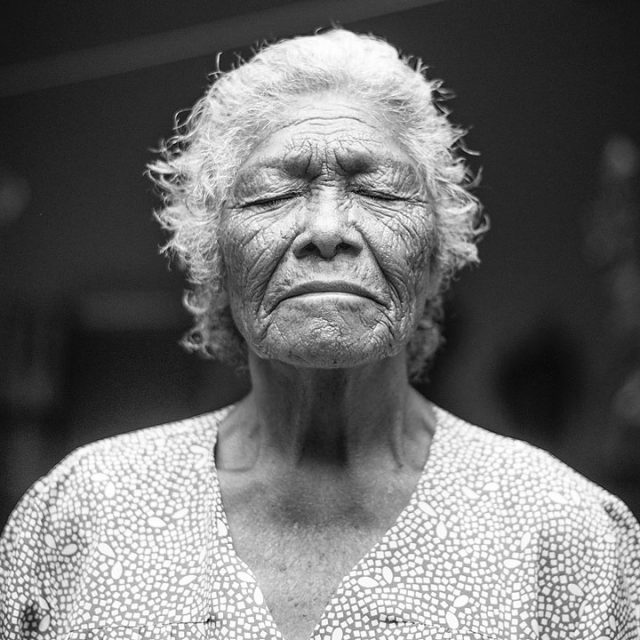
Dementia is a syndrome in which there is progressive deterioration in memory, thinking, behavior and the ability to perform everyday activities beyond what might be expected from normal aging, according to the World Health Organization (WHO).
Worldwide, around 50 million people have dementia, and there are nearly 10 million new cases every year. Although dementia mainly affects older people, it is not a normal part of aging, the WHO stresses. Young-onset dementia in which symptoms manifest before the age of 65 years accounts for up to 9% of cases.
“Dementia is one of the major causes of disability and dependency among older people worldwide. It has a physical, psychological, social, and economic impact, not only on people with dementia, but also on their carers, families and society at large,” the WHO said.
According to the WHO, Alzheimer’s disease is the most common form of dementia, accounting for an estimated 60% to 70% of cases.
In a 2020 paper published in the journal Alzheimer’s & Dementia, Dominguez et. al. said that the Philippines is one of the countries projected to experience the consequences of rising dementia cases. The authors called on the recently drafted National Dementia Plan to consider the current state of dementia in the country and the associated risk factors to enable better planning and disease management.
Alzheimer’s is a progressive disease in which dementia symptoms gradually worsen over a number of years. “In its early stages, memory loss is mild, but with late-stage Alzheimer’s, individuals lose the ability to carry on a conversation and respond to their environment,” the Alzheimer’s Association explains.
As Alzheimer’s progresses, symptoms become increasingly severe. These include disorientation, mood and behavior changes; deepening confusion about events, time and place; unfounded suspicions about family, friends and professional caregivers; more serious memory loss and behavior changes; and difficulty speaking, swallowing and walking.
Scientists believe that two abnormalities called plaques and tangles are responsible for damaging and killing neurons (nerve cells) in people living with Alzheimer’s disease. Plaques are deposits of a protein fragment called beta-amyloid that build up in the spaces between neurons. Tangles are twisted fibers of a protein called tau that build up inside neurons. The destruction and death of neurons cause the symptoms of Alzheimer’s disease, added the Alzheimer’s Association.
A 2018 study by Dominguez et al. published in the Journal of Alzheimer’s Disease found a 10.6% prevalence of dementia among almost 1,400 persons aged 60 years and older randomly selected from the Marikina City senior registry. Of those with dementia, 85.5% had Alzheimer’s disease.
The Philippine Statistics Authority (PSA) survey in 2015 showed that 7.55 million of the country’s 101 million population or 7.5% were senior citizens aged 60 years and older. Almost all (99.8%) Filipino seniors live in their own households; only a minuscule 14,500 seniors (0.2%) reside in nursing facilities.
Aside from increasing age, other risk factors for Alzheimer’s disease include family history, genetics, head injury, and conditions that damage the heart and blood vessels such as heart disease, diabetes, stroke, high blood pressure and high cholesterol.
The WHO has laid out principal goals for dementia care. These are facilitating early diagnosis in order to promote early and optimal management; optimizing physical health, cognition, activity and wellbeing; identifying and treating accompanying physical illness; detecting and treating challenging behavioral and psychological symptoms; and providing information and long-term support to carers.
Although there is currently no cure for Alzheimer’s disease, the US Food and Drug Administration (FDA) has approved several medications that may delay cognitive and functional decline, as well as medications that may temporarily alleviate some symptoms.
The Pharmaceutical Research Manufacturers of America (PhRMA) said that there were actually close to 200 medicines in development for Alzheimer’s that failed from 1998 to 2021. It said that these setbacks highlight the complexity of Alzheimer’s research including the significant gap in scientific knowledge and complexities of clinical trial designs.
“It’s important to recognize that with these so-called failures comes new information that brings us one step closer to a disease-modifying medicine,” said PhRMA. At the moment there are 83 new medicines in development for the disease and that 82% are potentially disease modifying, it added.
Alzheimer’s is indeed an area where continued research and innovation are needed to improve the quality of life of patients and their loved ones.
Sept. 21 is World Alzheimer’s Day, an international campaign that aims to raise awareness and challenge the common stigma that surrounds Alzheimer-related dementia. This year’s theme is “Together we can ensure no one faces dementia alone.”
Teodoro B. Padilla is the executive director of Pharmaceutical and Healthcare Association of the Philippines (PHAP), which represents the biopharmaceutical medicines and vaccines industry in the country. Its members are at the forefront of research and development efforts for COVID-19 and other diseases that affect Filipinos.
Facing the challenges of Alzheimer’s disease
Source: Bantay Radio
0 Comments